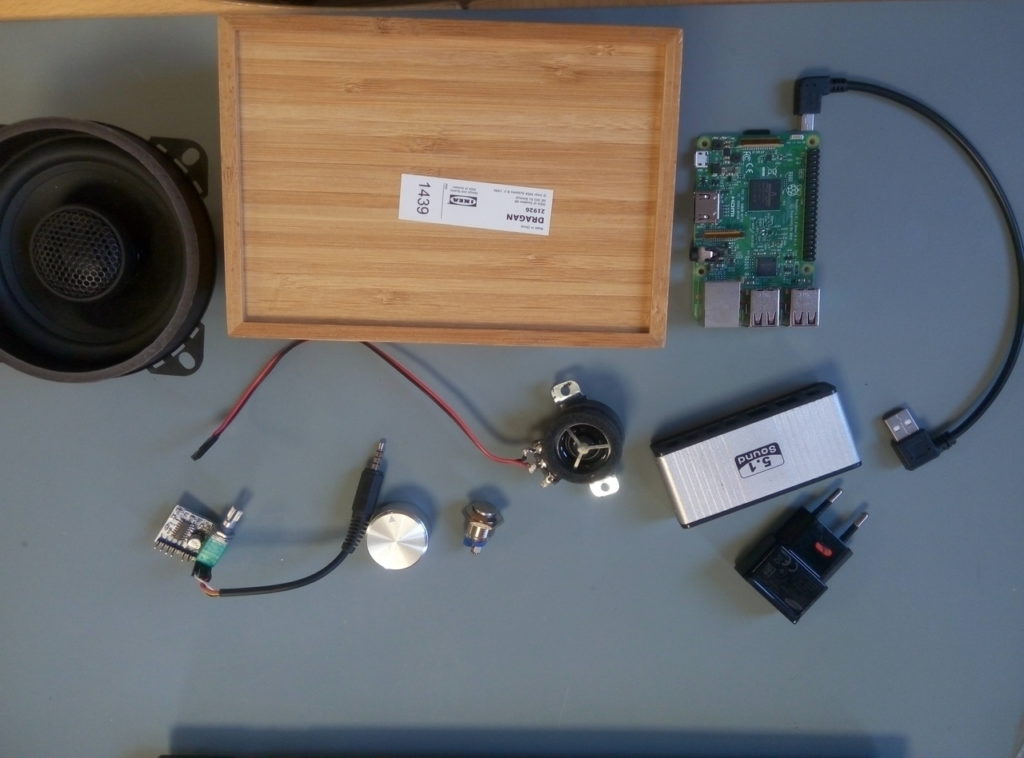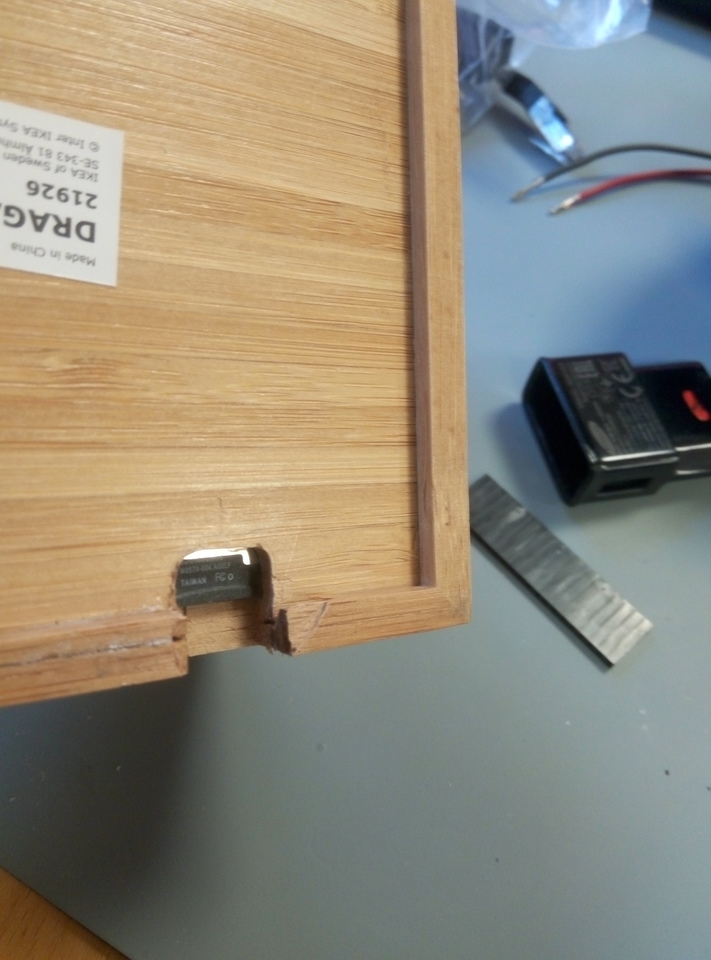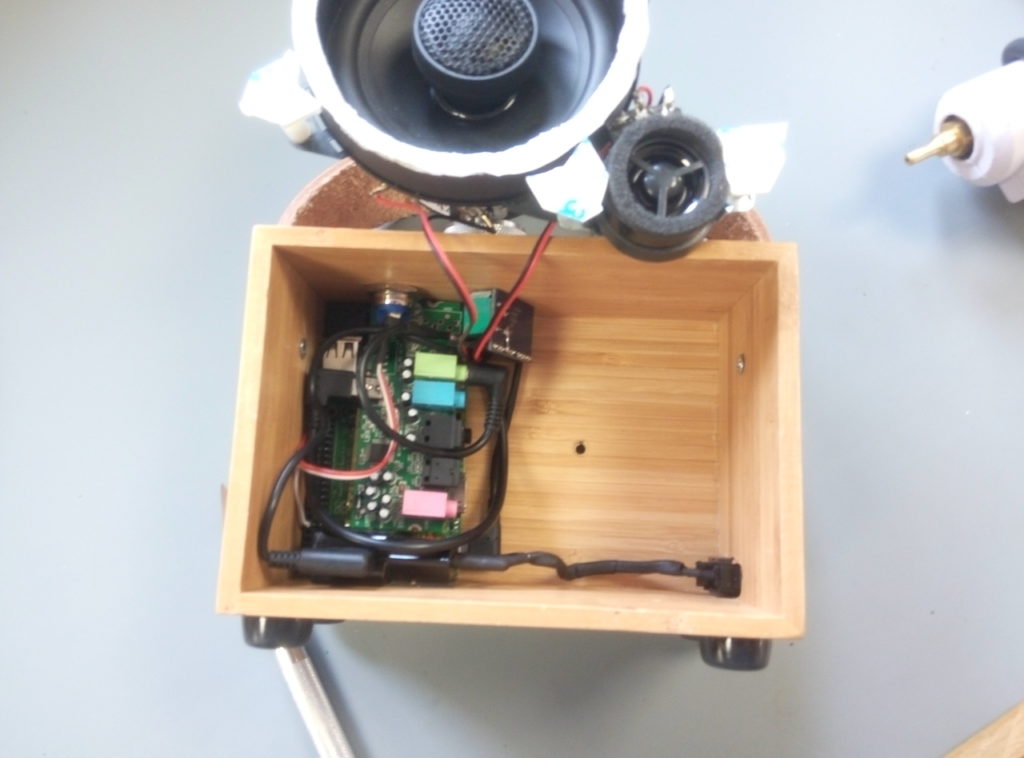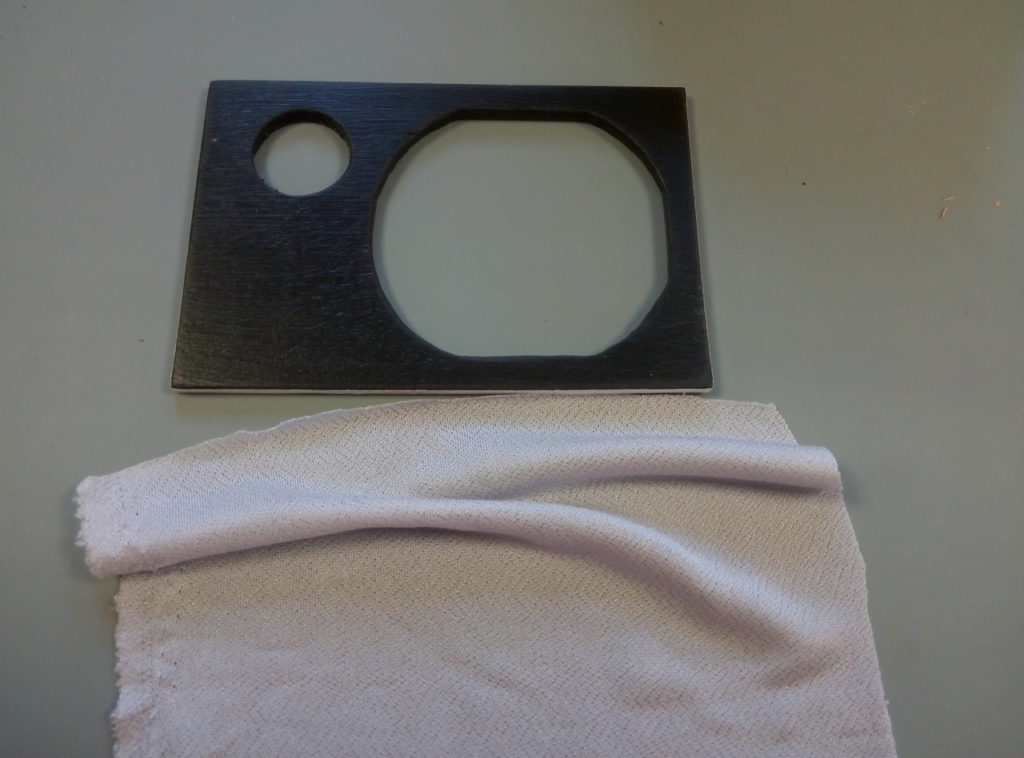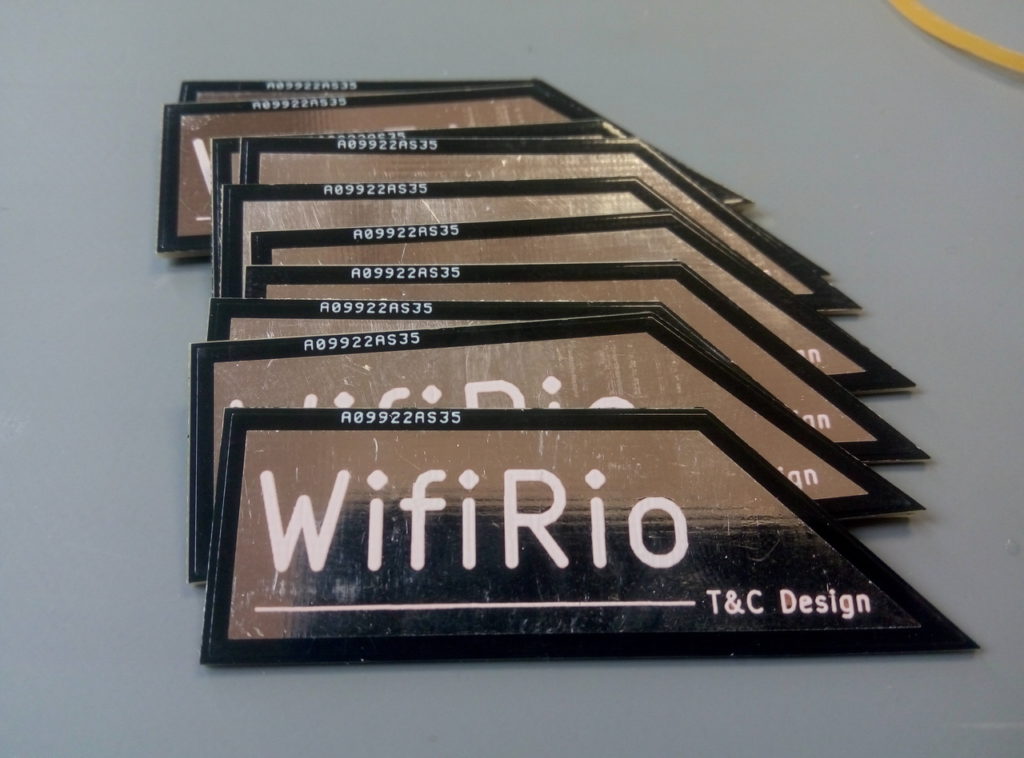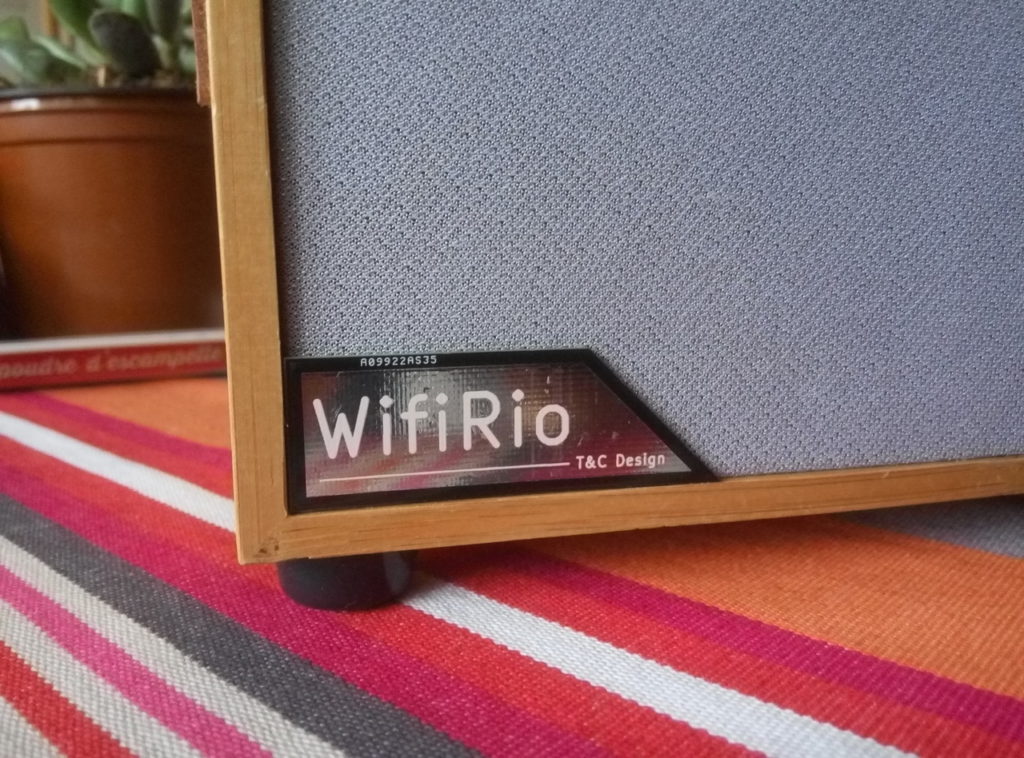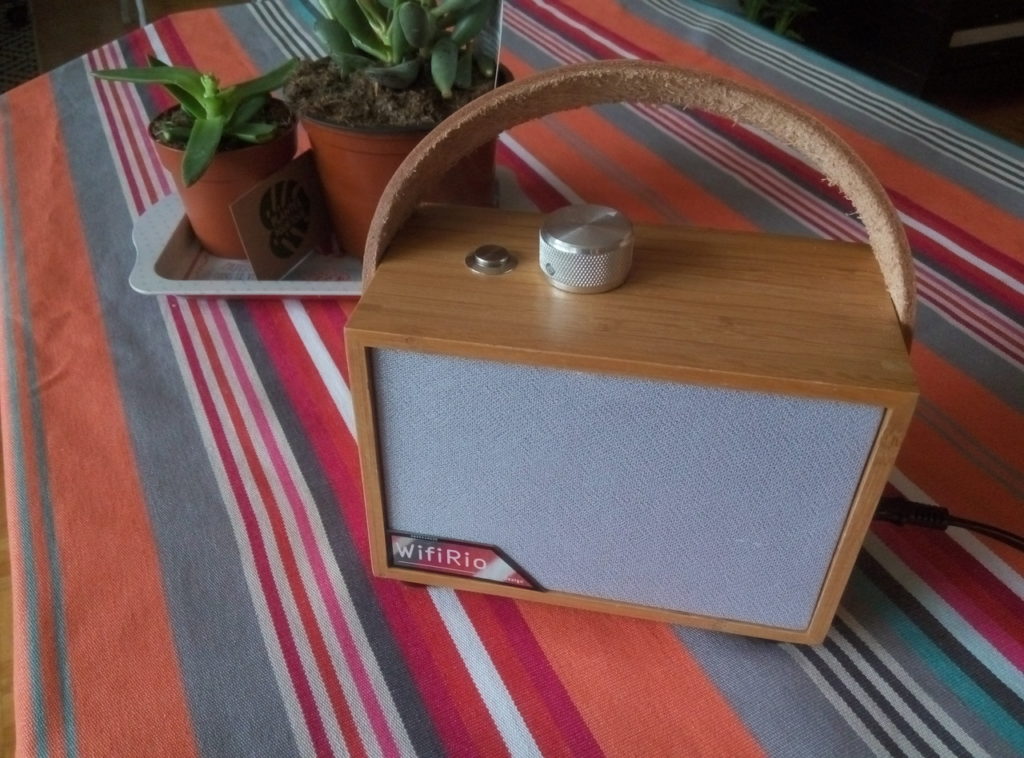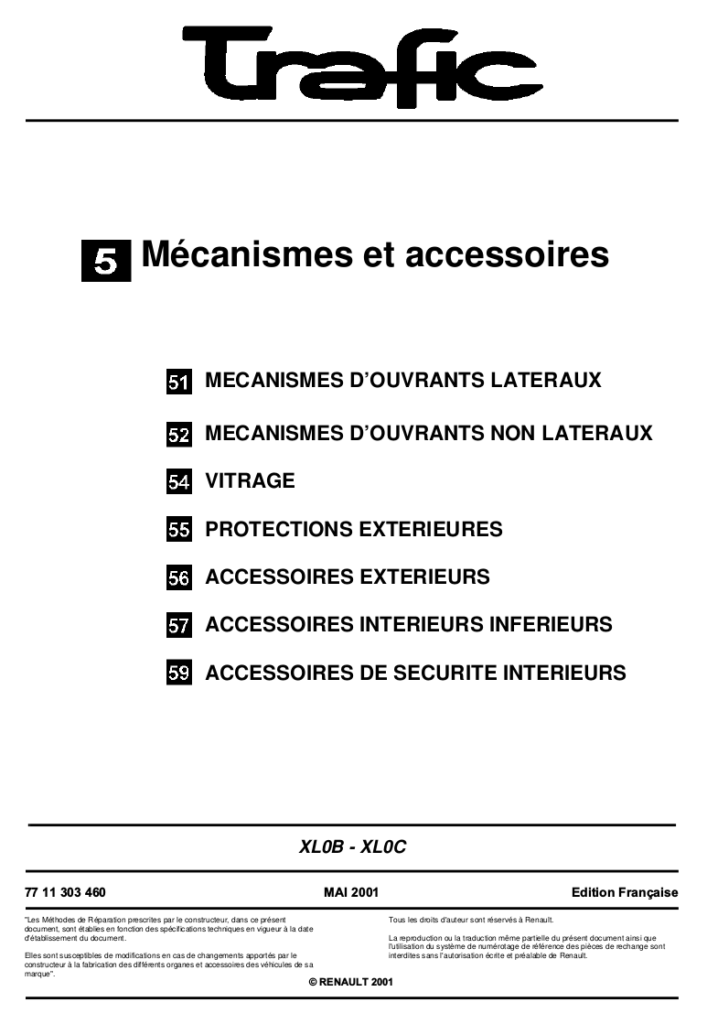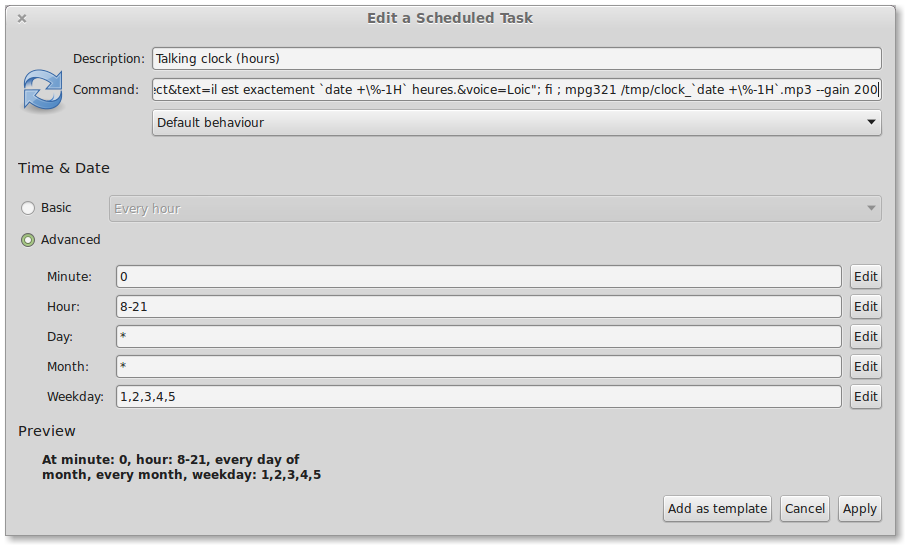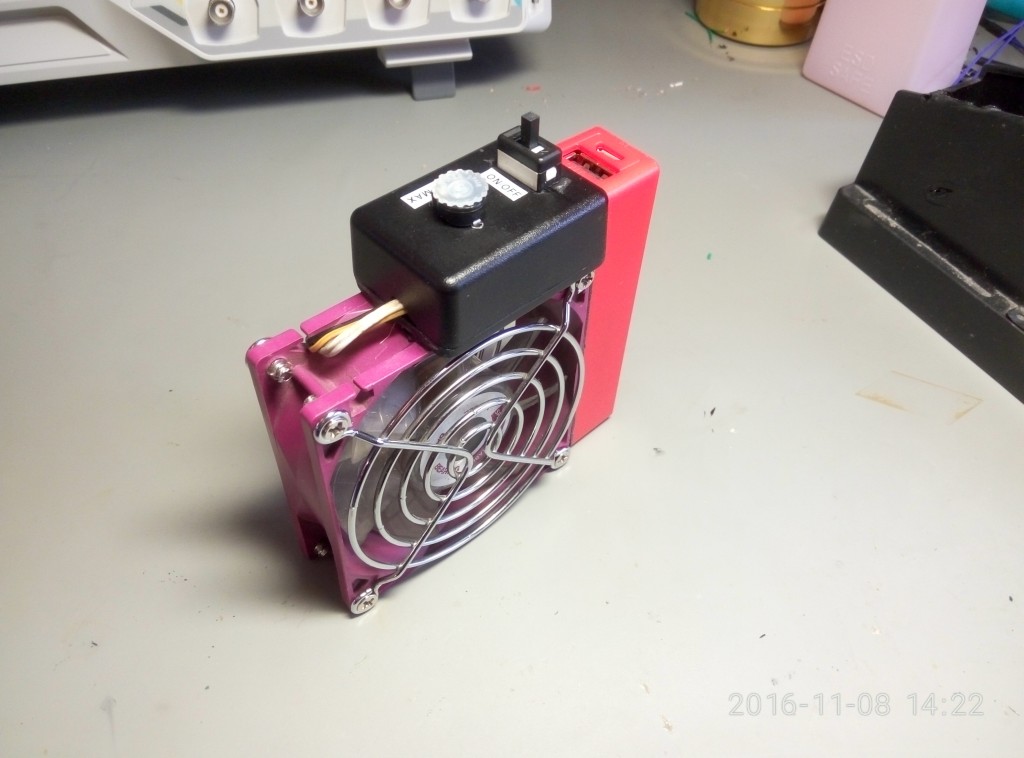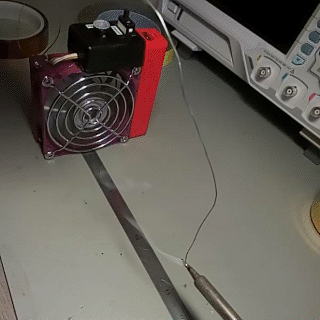IKEA DIY FIP Webradio
We love to listen to FIP, as it’s a public radio, without commercials and not so much speaking.
Unfortunately, this radio is FM brodcasted in only few city in France, and here in Grenoble, the only way to get is internet.
So we built this small kitchen radio, music playing in 14 seconds, and quite pleasantly aesthetic, in the same line as my previous nixie clock.
The large solid aluminium knob with amplifier pot ON/OFF produces a comforting click to power ON/OFF the device or adjust the volume.
The shiny stainless steel button is for future upgrade to allow changing from few radio as currently only one is available.
Hardware part
Here are almost all the items needed for this DIY hack:
- Ikea box (4€)
- 4″ coax speaker (scrap)
- 1″ tweeter (3€ on AE)
- Rpi 3b (40€ on Farnell)
- USB sound card (5€ on AE)
- Stereo 5V amplifier (1€ on AE)
- aluminium knob (5€ on AE)
- stainless steel push button (1€ on AE)
- C5 pannel connector for main supply (0.1€ on AE)
- USB wall wart (scrap)
- piece of 5mm plywood (scrap)
- speaker fabric for front pannel (4€ on AE)
- 30cm of leather belt (scrap)
- washed nuts (1€ on AE)
A total of about 60€
Step by step assembly
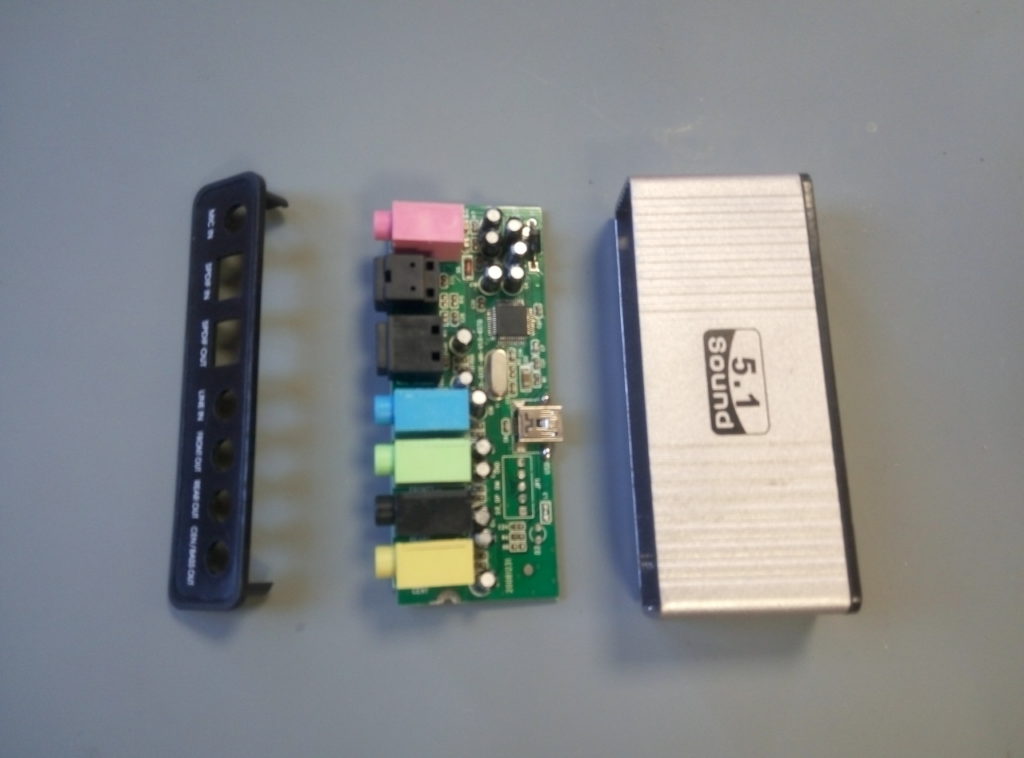 Let’s remove the USB sound card along with the extra not needed capacitors and jack connector (desoldering station is realy a must here)
Let’s remove the USB sound card along with the extra not needed capacitors and jack connector (desoldering station is realy a must here)
Make a slot for the micro SD card on the back: remember, the Wifi credential are stored here.
A XY table on a drill press was usefull, I didnt imagine bamboo being so hard to mill.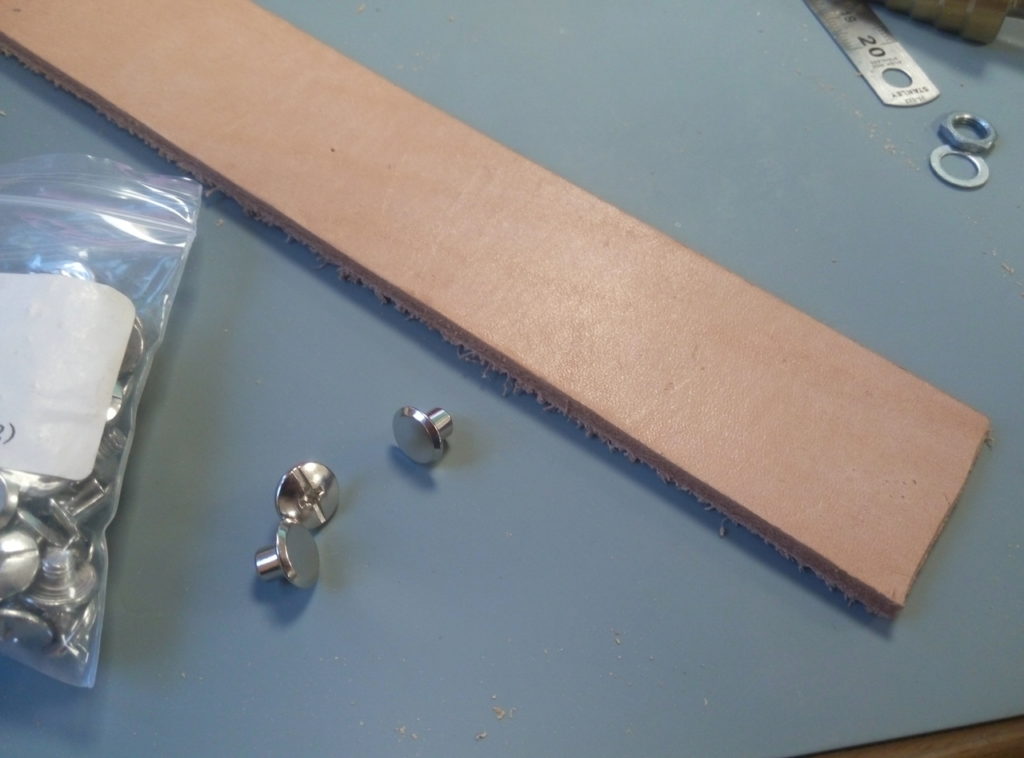
Piece of leather bought in Texas, this is what’s left from my buckle-less belt I made few years ago, it could be an entry someday.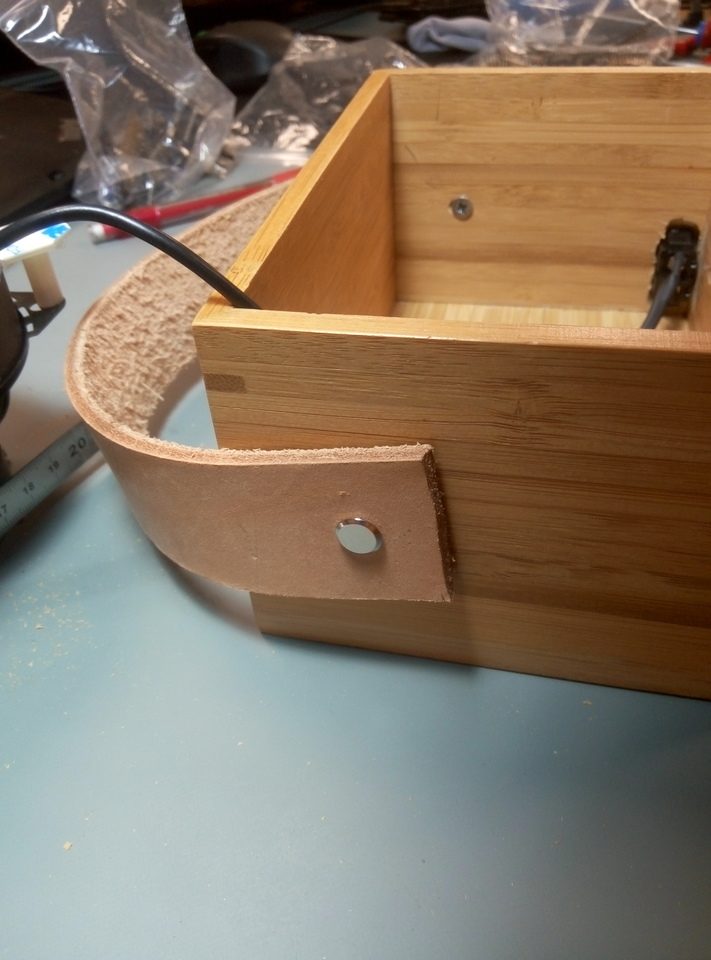
With the washer nuts, it look nice.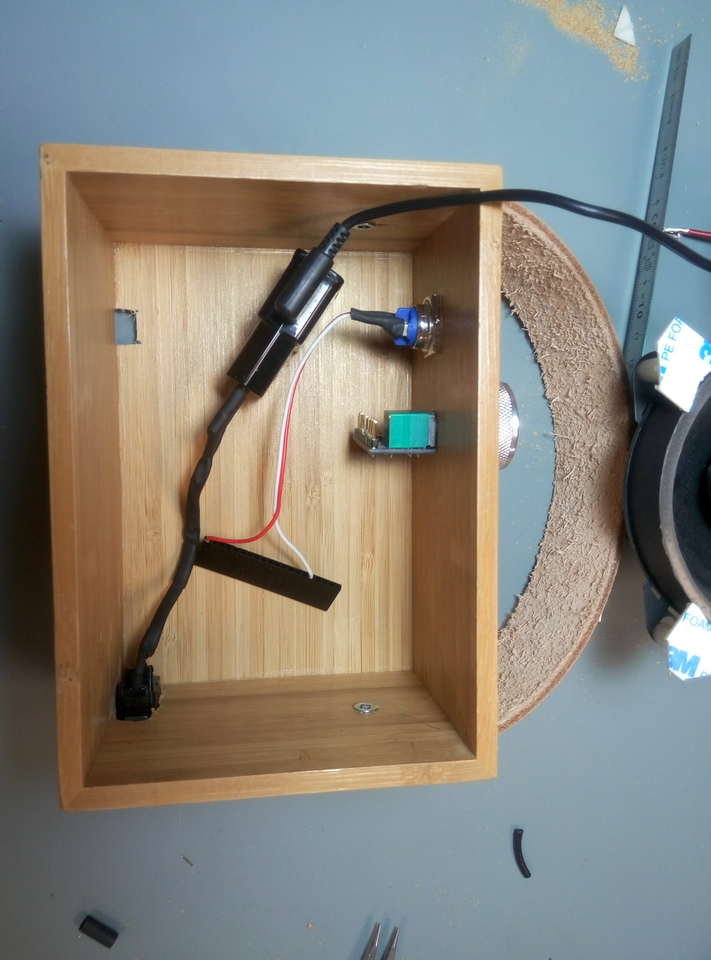
The C8 pannel connector, wired to the wall wart.
Everything fitted in the box, held in place with double side tape (the brand Multicomp from Farnell is nice).
Adhesive rubber feet add an extra touch.
Piece of plywood for the front panel, black mate painted, with the speaker cloth.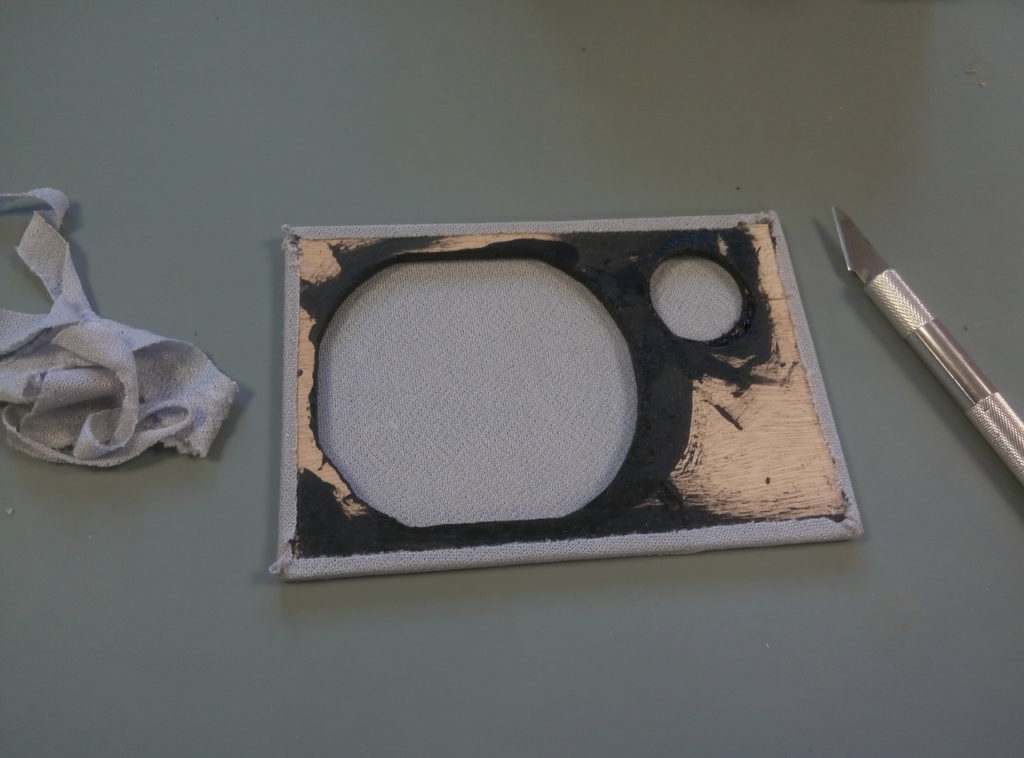
Held in place with thin double side tape.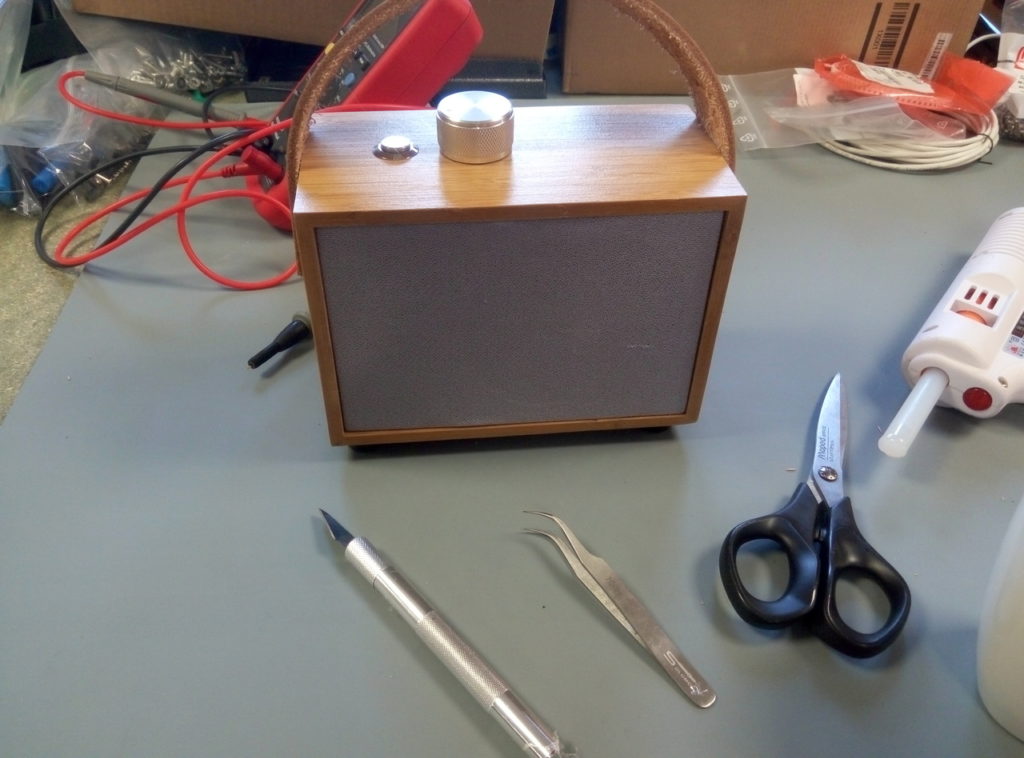
Finish
Let’s add a small tag to give some identity to this yet unbranded product. A nice friendly name, with our initials to personalize it even more.
Warm up kicad and start just a PCB without schematics, with a beveled edge to add a touch of design: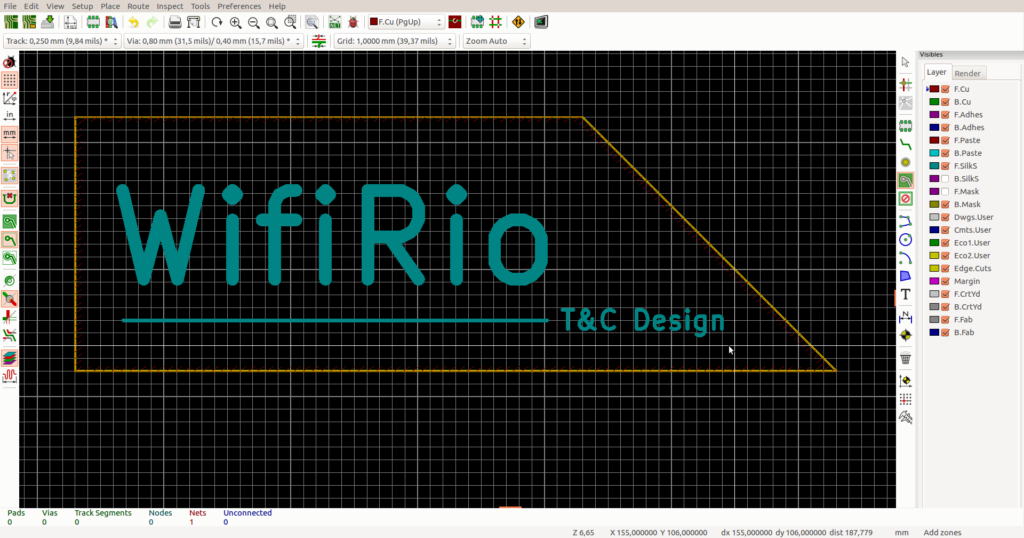
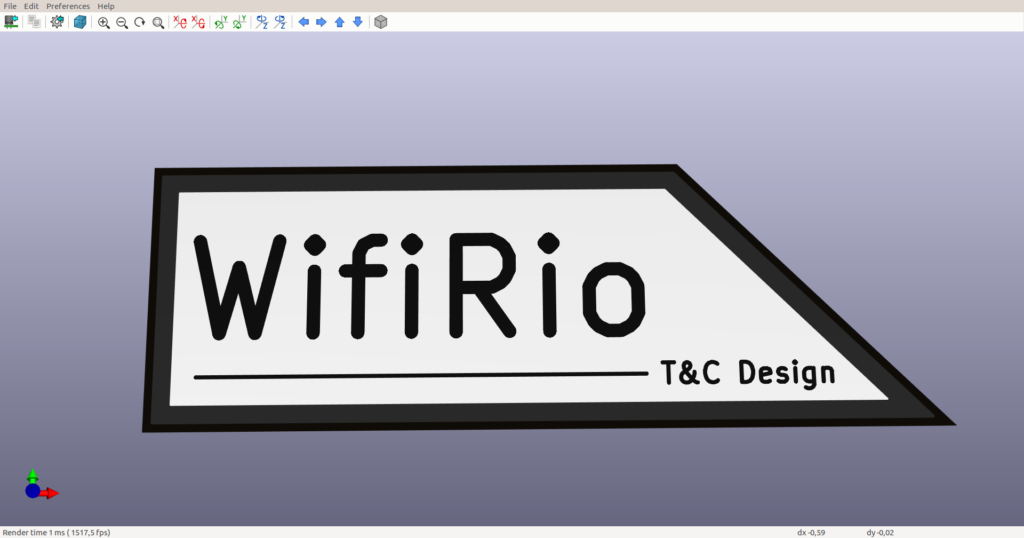
The result is very good, with this mirror finish!
Once glued on the product, it does raise the bar. (a pitty the manufacturing reference is on the front, next time I’ll do my artwork on the back, just to make sure it’s not on the front)
A quick video:
Software part
Download RPI image
Download a RPI image, in this case, I choose : pipaOS A lighweight, fast, Raspbian based distro for the Raspberry PI
Once the image unziped, copy to a fresh high performance micro SD card
sudo dd bs=4M if=./pipaos-tamarillo-4.7.img of=/dev/mmcblk0
in order to boost performances, I use a Samsung EVO+ for high performance for a very fast boot
ssh sysop@192.168.1.84 (password posys)
Connect to WIFI network
Rpi 3 rev B and Zero W have integrated wifi
Edit WIFI credentials
The file /etc/network/interfaces should NOT be modified, as it’s overwritten at start.
Edit the file
sudo nano /boot/network.ini
To add your credential:
# # interfaces - setup your networking devices here # auto lo iface lo inet loopback allow-hotplug eth0 iface eth0 inet dhcp allow-hotplug usb0 iface usb0 inet dhcp # pipaOS Will automatically try to connect # to wireless ESSID "pipaos" passphrase "pipa123pass" allow-hotplug wlan0 iface wlan0 inet dhcp wpa-ssid YOUR_SSSID wpa-psk YOUR_WIFI_KEY
High quality sound
Rasberry Pi have 3.5mm stereo jack output but the quality is pure crap, wondering why they even bother populate a jack.
So lets connect a cheap UBS sound card and check what appends
dmesg
sould display something like
[ 106.865142] usb 1-1.2: new full-speed USB device number 5 using dwc_otg [ 107.006372] usb 1-1.2: New USB device found, idVendor=0d8c, idProduct=0102 [ 107.006387] usb 1-1.2: New USB device strings: Mfr=0, Product=2, SerialNumber=0 [ 107.006395] usb 1-1.2: Product: USB Sound Device [ 107.042816] input: USB Sound Device as /devices/platform/soc/3f980000.usb/usb1/1-1/1-1.2/1-1.2:1.3/0003:0D8C:0102.0002/input/input1 [ 107.105630] hid-generic 0003:0D8C:0102.0002: input,hidraw0: USB HID v1.00 Device [USB Sound Device ] on usb-3f980000.usb-1.2/input3
and
lsusb
will output:
Bus 002 Device 009: ID 0d8c:0102 C-Media Electronics, Inc. CM106 Like Sound Device Bus 002 Device 001: ID 1d6b:0002 Linux Foundation 2.0 root hub Bus 001 Device 001: ID 1d6b:0002 Linux Foundation 2.0 root hub
Create startup service : webradio
sudo apt-get install mplayer
mplayer `curl -w "%{url_effective}\n" -I -L -s -S http://direct.fipradio.fr/live/fip-midfi.mp3 -o /dev/null`
Webradio player script
create non returning script:
sudo nano /home/sysop/webradio.sh
while true do mplayer http://chai5she.cdn.dvmr.fr:80/fip-midfi.mp3 sleep 1 done
create init.d service: webradio
#!/bin/bash
#webradio daemon
# chkconfig: 345 20 80
# description: mwebradioapp daemon
# processname:webradio
DAEMON_PATH="/"
DAEMON=/home/sysop/webradio.sh
DAEMONOPTS=""
NAME=myapp
DESC="My daemon description"
PIDFILE=/var/run/$NAME.pid
SCRIPTNAME=/etc/init.d/$NAME
case "$1" in
start)
printf "%-50s" "Starting $NAME..."
cd $DAEMON_PATH
PID=`$DAEMON $DAEMONOPTS > /dev/null 2>&1 & echo $!`
#echo "Saving PID" $PID " to " $PIDFILE
if [ -z $PID ]; then
printf "%s\n" "Fail"
else
echo $PID > $PIDFILE
printf "%s\n" "Ok"
fi
;;
status)
printf "%-50s" "Checking $NAME..."
if [ -f $PIDFILE ]; then
PID=`cat $PIDFILE`
if [ -z "`ps axf | grep ${PID} | grep -v grep`" ]; then
printf "%s\n" "Process dead but pidfile exists"
else
echo "Running"
fi
else
printf "%s\n" "Service not running"
fi
Install startup service
update-rc.d webradio defaults
Start service manually
sudo service webradio start
Check startup time and performance
Startup time with RPI 3 B: Startup finished in 2.602s (kernel) + 4.386s (userspace) = 6.988s
Not bad at all for a full featured computer with wifi and usb audio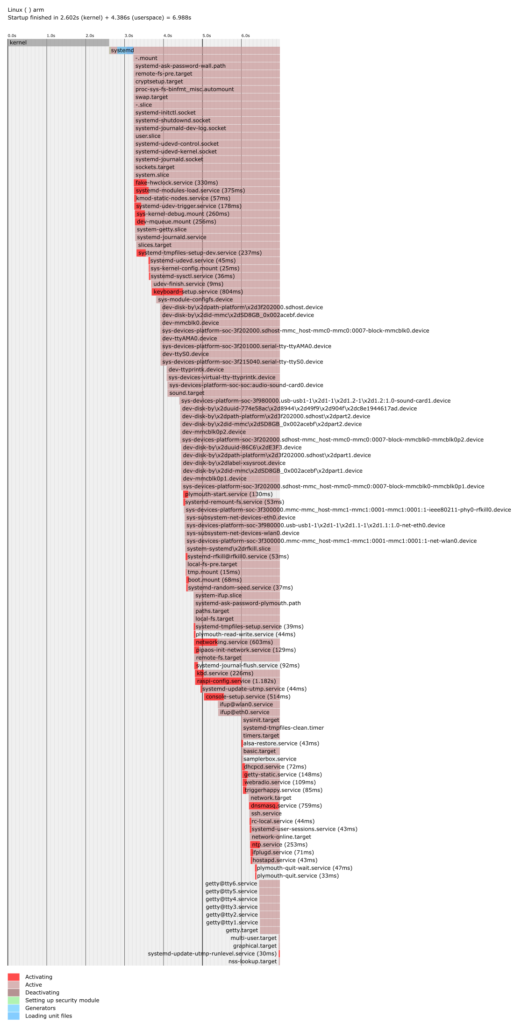
Adding the “send to” via email action to your Nemo/Ubuntu
How to get a “right click, send by email” menu in Nemo file browser:
Create the file:
.local/share/nemo/actions/thunderbird.nemo_action
Just cut and paste this inside that file and you’re done 🙂
[Nemo Action] Name=Send by Email Comment=Send by Email the files Exec=thunderbird -compose to=,"attachment='%U'" Icon-Name=thunderbird Selection=notnone Extensions=nodirs; Separator=, EscapeSpaces=false
BROTHER DCP 9020CDW reset toner cartridge via the printer’s menu
Symptoms: the printer doesn’t want to print and ask for a toner change, no override available.
Easy procedure to reset toner counter: open the top cover, hold the * button for 5 sec (beside to keypad, not back-lighted, you can barely see it).
A reset menu appears and voila!
Fuck you Brother! My toner don’t need to be changed, my next printer wont be one of yours.
Aménagement des camping-cars – Confort et sécurité des occupants – AFNOR ISBN 978-2-12-415661-0
 Télécharger le PDF ici
Télécharger le PDF ici
Renault Trafic II (2001): pdf manuel atelier
Linux: hide cursor when typing
Very basic feature, yet not present in Linux.
This very simple tool, xbanish, hide mouse’s cursor away when you start typing, and is restored back when moving the mouse.
Plastic part surface finish: please stop making mirror products
They are simply dust, fingerprint and scratch magnet, everything is summarised in the amazing book The Hardware Hacker: Adventures in Making and Breaking Hardware from Andrew ‘bunnie’ Huang
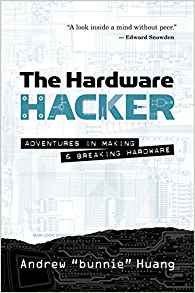
“My world is full of small frustrations like this. For example, most customers perceive plastics with a mirror finish to be of a higher quality than those with a satin finish. There is no functional difference between the two plastics’ structural performance, but making something with a mirror finish takes a lot more effort. The injection-molding tools must be pains-takingly and meticulously polished, and at every step in the factory, workers must wear white gloves. Mountains of plastic are scrapped for hairline defects, and extra films of plastic are placed over mirror surfaces to protect them during shipping. For all that effort, for all that waste, what’s the first thing users do? They put their dirty fingerprints all over the mirror finish. Within a minute of a product coming out of the box, all that effort is undone. Or worse yet, the user leaves the protective film on, resulting in a net worse cosmetic effect than a satin finish. Contrast this to satin-finished plastic. Satin finishes don’t require protective films, are easier for workers and users to handle, last longer, and have much better yields. In the user’s hands, they hide small scratches, fingerprints, and bits of dust. Arguably, the satin finish offers a better long-term customer experience than the mirror finish. But that mirror finish sure does look pretty in photographs and showroom displays!”
Linux/Ubuntu: Speaking clock with online TTS
As a followup of my previous article:
4 years after the previous article, I still need this tool, but I wanted a more “natural” TTS.
So I’m using Voxygen, a natural TTS provider (very good for French), retrieving the generated voice with wget and the following command:
wget --quiet --no-check-certificate -O /tmp/clock_`date +\%-1H`.mp3 "https://www.voxygen.fr/sites/all/modules/voxygen_voices/assets/proxy/index.php?method=redirect&text=il est exactement `date +\%-1H` heures.&voice=Loic"
Here is the script to run every hours:
if [ ! -e /tmp/clock_`date +\%-1H`.mp3 ]; then wget --quiet --no-check-certificate -O /tmp/clock_`date +\%-1H`.mp3 "https://www.voxygen.fr/sites/all/modules/voxygen_voices/assets/proxy/index.php?method=redirect&text=il est exactement `date +\%-1H` heures.&voice=Loic"; fi ; mpg321 /tmp/clock_`date +\%-1H`.mp3 --gain 200
We will be using gnome schedule taks:
Portable soldering fumes extractor fan DIY (battery operated and USB rechargeable)
Here is a very simple fume extractor fan, to put an halt to apnea soldering.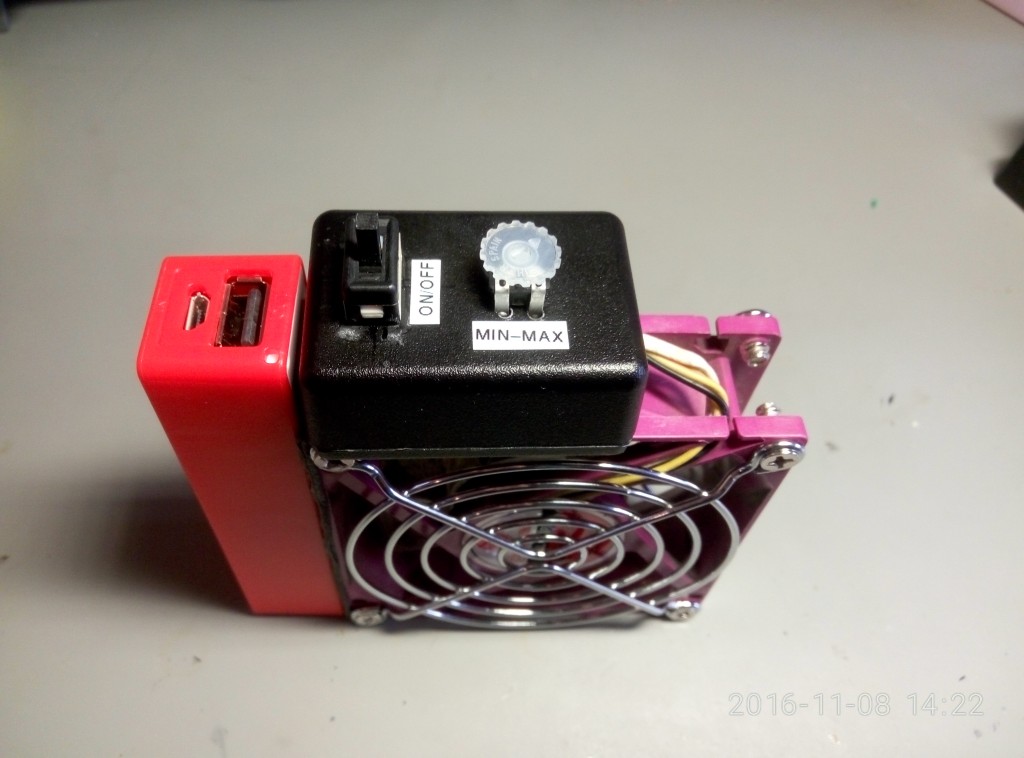
Made of:
- DC/DC buck boost converter (3€ on ebay)
- USB battery pack 5€
- scrapped fan
- scrapped switch
- scrapped potentiometer
- Hammond prototype case (1€, same as my USB motion sensor)
- nice labels
- double side tape
Enough talk, a picture:
And in action, can suck up to 15cm at medium speed:
This “hack” took me 30min, and costs close to nothing, while some have been down to build a DC/DC converter for this!
Thing to add in the future:
- active carbon filter for better filtering, but usable as is for small jobs: you don’t get fumes in your face anymore.
- USB light for soldering in the dark
My favourite use: in the freezer/fridge, when you forgot to chill beers for an unexpeted party, it takes only 10min to have freezing beer instead of 1h. (remove the carbon filter first…)

